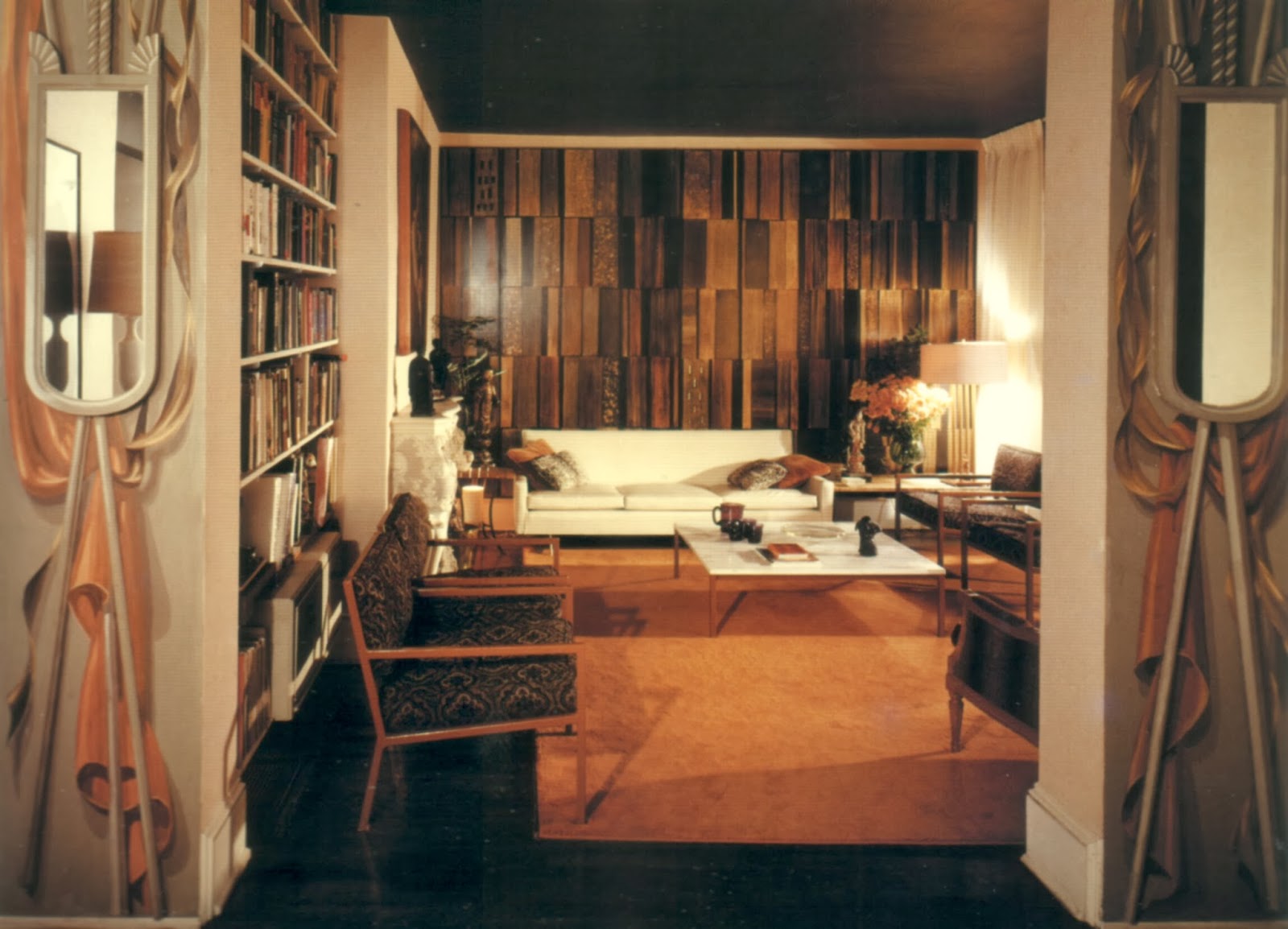Two days ago I received a text telling me that Henri Jova had died – news to me and to my old prof who I immediately called to ask if she knew. I assumed he'd just died, but seemingly not: according to the Atlanta Business Chronicle his death occurred two weeks ago at the age of 94. Not a nationally known "starchitect," I think, but certainly very well-known and, even more importantly, well-respected in Atlanta and I'm surprised I had not learned of his death sooner. But that probably says a lot about my being offline for a while.
With a view to buying, the Celt and I had once toured an empty house (previously his parents') in Mr Jova's Atlanta midtown compound, and we both fell in love with the pared-down classicism that also felt so contemporary. We didn't buy the house and, even now, all these years later, every time I drive past this erstwhile bank building designed by Henri Jova I think how, were it not for the ever-present noise of tyres running over expansion joints on the freeway, it would make a tremendous house. Not the easiest to furnish as a house, perhaps, a round building, but it would be tremendous fun especially if one did not assume that mid-century-modern anything was required.
The Round Bank for the Trust Company of Georgia, 1961
Colony House, the residential component of Atlanta's first mixed-use development, Colony Square (Jova, Daniels, Busby), once described by The New Yorker (and here I probably misremember) as looking like a Communist-era Warsaw office building.
The lounge area of the bar at the Capital City Club, Atlanta
The living room of Henri Jova's midtown Atlanta house from the late 1950s. The far wall features a multi-paneled screen painted by Mr Jova, as were the tromp l'oeil trophy mirrors flanking the entrance.
It is worth quoting David Ronald Reinhart, the author of Henri Jova, A Classical Intermezzo: An Architect's Life, at this point – succinct as he is in his homage to his partner's style.
"Henri Jova's personal style has a modern focus with an eclectic overlay that, at its best, has a certain tension. It certainly isn't a Miesian tug-of-war; the collector in Jova won that battle long ago.
"Jova had been a collector in many areas: furniture (chairs in particular), porcelain, books and paintings and artwork, which he has accumulated throughout his life. His treasures might be from the 18th century or from the flea market, or even something he made. Decorative value, not intrinsic value, is what is most important to him.
"For Jova, all periods and styles of decoration go together. This has become a popular conceit today, but Jova accepted this credo long ago. He has been juggling periods and styles since his days in New York. [1950s]
"Jova, a master of color, quotes Edith Hills when he says that 'all colors go together .... if you know how to use them.' Jova follows another rule, this time one his own, when it comes to scale in interior decoration: Better too big than too small."
A while ago a discussion of timelessness began and although that discussion ran its course, I'd like to say that in Henri Jova's interior decoration there is a sense of the abiding in his "modern focus with an eclectic overlay," or rather the combination of modern architecture with comfortable and colorful, spirited and erudite decoration.
Photographs of Trust Company of Georgia Round Bank by Alexandre George.
Photograph of Colony Square by Gabriel Benzur Photography.
Photograph of Capital City Club by Abreu and Robeson Archives.
Photograph of Jova living room Bob McGinnis.
Photograph of Jova living room by Robert Thien Inc.
Henri Jova, A Classical Intermezzo: An Architect's Life, David Roland Rinehart, Atlanta History Center, 2007 – a book worth buying.




















.JPG)













